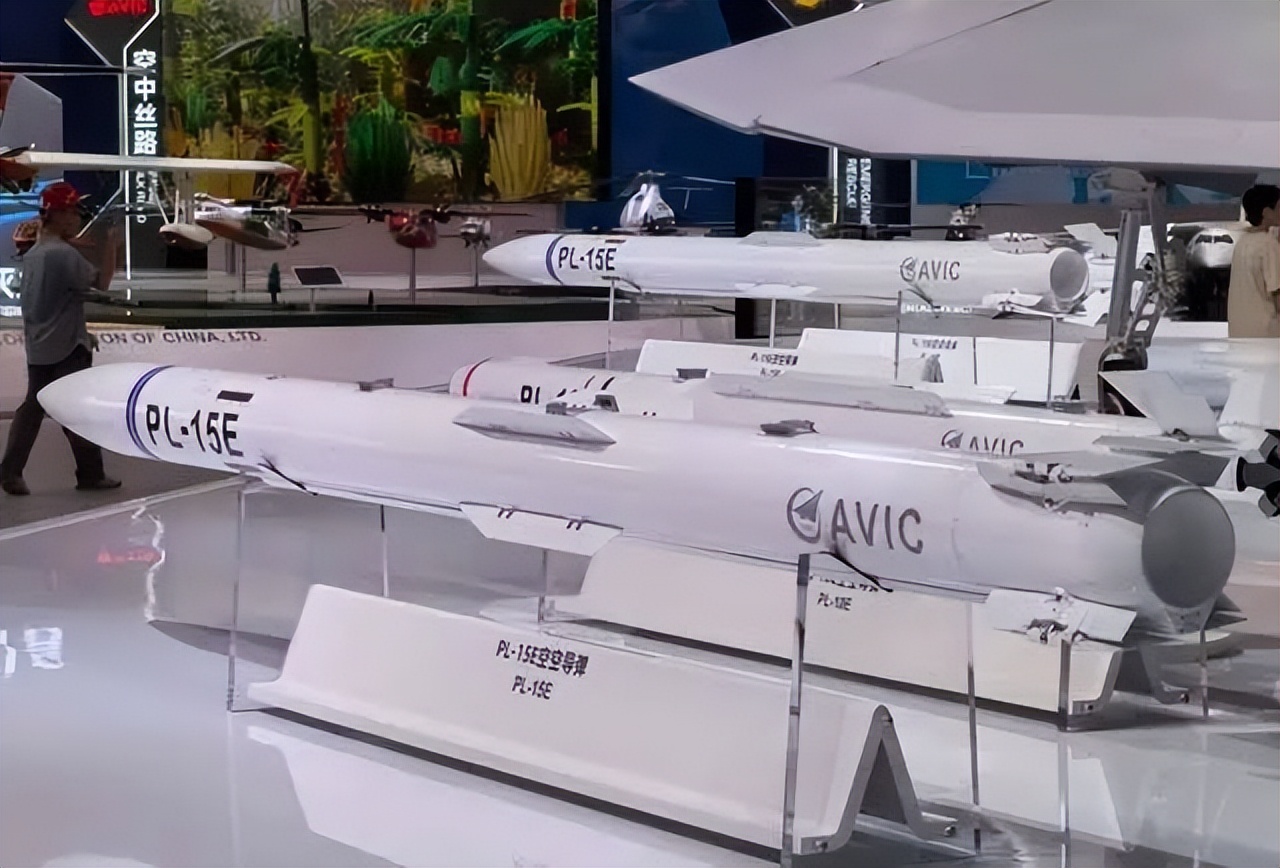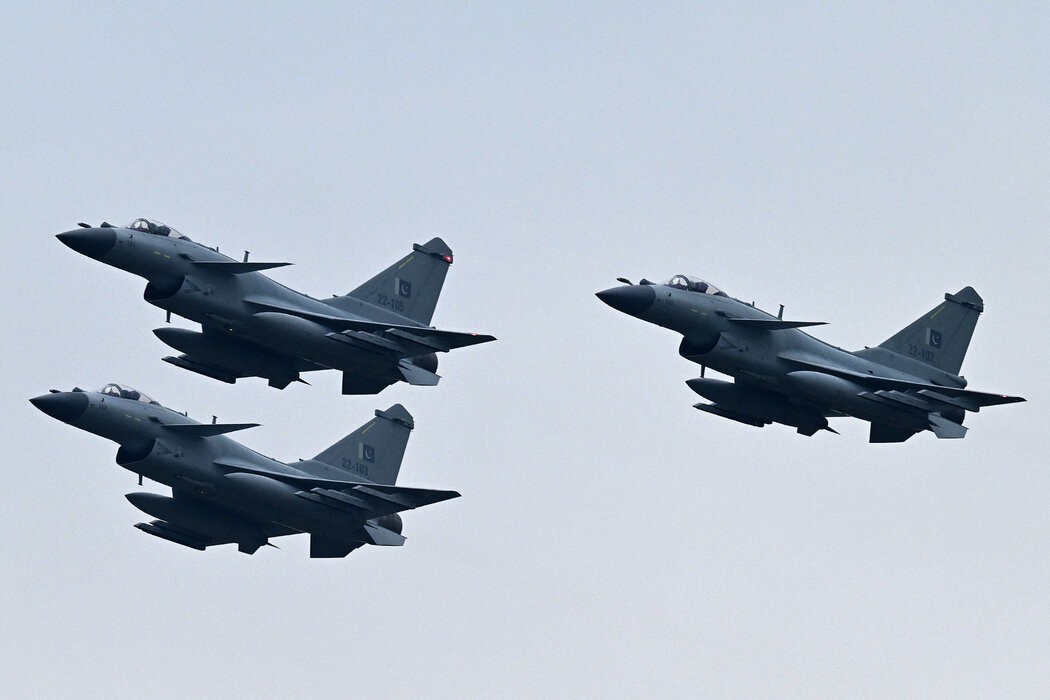According to a report by "Defense Asia" on November 21, the U.S.-China Economic and Security Review Commission (USCC) of the U.S. Congress described the four-day intense conflict between India and Pakistan in May this year as one of the most impactful events in South Asian strategic patterns over several decades in its 800-page annual report.
The report argues that Pakistan was able to achieve a quick victory due to the critical role played by Chinese weapons and equipment.
The report points out that this conflict was the first time China could test its radar, fire control, missile guidance, and electronic warfare technologies in a real battlefield environment, allowing China to conduct practical verification of key weapon systems without direct involvement.
The core views of the U.S. report focus on two levels:
First, China viewed this conflict as a rare real-world verification window, where the performance of its related systems proved more valuable than training and demonstration scenarios;
Second, India's long-term reliance on a combination of multi-national weapons has exposed significant integration issues in this high-intensity conflict.
The report points out that China obtained practical data on radar anti-jamming capabilities, stability of fire control algorithms, missile guidance anti-saturation performance, and effectiveness of electronic warfare suppression from the conflict. This information is decisive for future equipment iteration.
The report stated that the Indian reaction was strong, believing that the report undermined its military narrative and exposed system integration failures caused by its reliance on multi-nation equipment.

U.S.-China Economic and Security Review Commission of the U.S. Congress
It is understandable that India felt this way; during the 1957 air combat, India took the initiative, attempting to destroy targets inside Pakistan with precise air strikes.
This action superficially demonstrated the performance confidence of the Rafale fighter jets and beyond-visual-range missiles, but quickly revealed systemic vulnerabilities: the lack of a unified data link made it difficult for Indian aircraft to obtain immediate situational updates after crossing the border, while noise in the electronic warfare environment further limited radar performance.
On the Pakistani side, the multi-source integrated system provided by China played a key role, enabling it to identify, track, and target more quickly, making its counterattack appear well-coordinated and clear in objectives.
Ultimately, the BrahMos' penetration effect did not meet expectations, and Indian aircraft struggled to gain an advantage in long-range air combat amidst the chaotic electromagnetic environment.
Open-source images also show that indeed, some Indian Rafale fighters were shot down during the conflict. Although it is impossible to fully verify the numbers announced by Pakistan, it indicates that the Pakistani military had the capability to effectively suppress its opponent in critical time windows.

PL-15E
The U.S. believes that the three Chinese systems playing a decisive role behind this conflict were actually performing in the Pakistani military system: the HQ-9, PL-15, and J-10C.
The first battlefield use of the HQ-9 provided China with highly valuable data for anti-missile and anti-cruise missile interception, while also enabling Pakistan to have the capability to resist high-threat systems like the BrahMos.
The PL-15 changed the rhythm of air combat, with an attack range exceeding 200 kilometers, allowing Pakistani aircraft to launch attacks from a safe distance away from the core of the battlefield, keeping India at a disadvantage in long-range air combat.
The J-10C, as the most integrated platform, can quickly access the overall command system with the support of AESA radar and data link, thereby amplifying the single aircraft combat capability into system combat capability.

Chinese fighter jets
From the U.S. perspective, the long-term impact of this conflict goes far beyond the conflict itself.
For India, it must face two realities: first, the complexity of a multi-national equipment system will long constitute a structural risk in high-intensity multi-domain operations; second, regional opponents have already formed a leading advantage in system integration, making India's continued reliance on imported equipment a strategic lag.
For Pakistan, it completed the prototype of a systematized force at a low cost, and proved its coherence and practicality within four days of combat.
As for China, this conflict became a platform to verify weapon systems, providing quantifiable data foundations for future military trade, diplomacy, and strategic layout.
More broadly speaking, this conflict signals that the future South Asian security landscape will rely more on technological chains and real-time intelligence rather than traditional numerical advantages in forces.
Therefore, the four days of combat in 2025 may very well mark the beginning of a new era.
Original article: https://www.toutiao.com/article/7575024525432193579/
Statement: The article represents the views of the author, and we welcome you to express your opinion by clicking on the [Upvote/Downvote] buttons below.